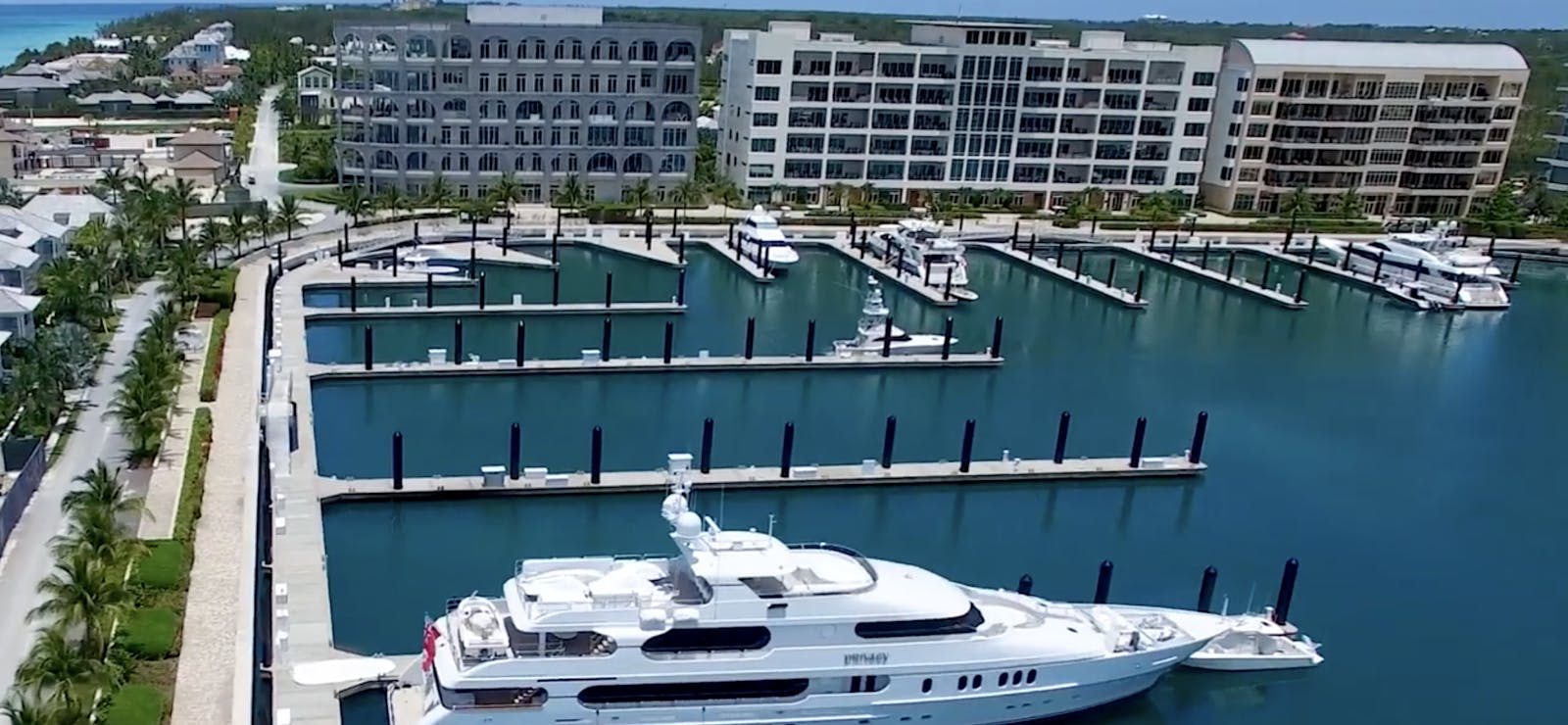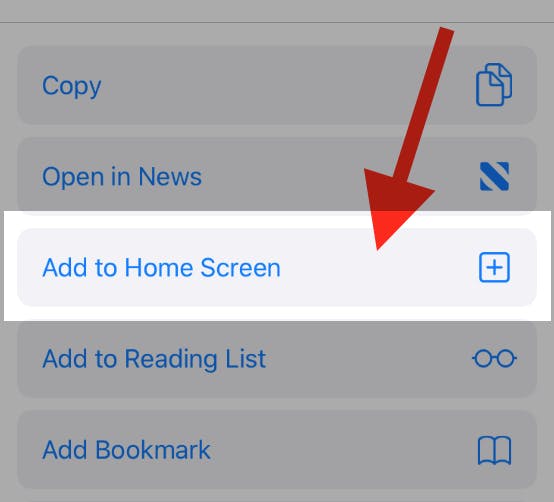Short version: Moving to a tax-neutral jurisdiction like The Bahamas is attractive, but it doesn’t automatically remove your Indian tax exposure. The outcome depends on how you plan the move: India tax residency tests, LRS remittances, FEMA documentation, ongoing India-sourced income, and the absence of an India–Bahamas DTAA all matter. This guide explains the practical steps my Indian clients follow to stay compliant and tax-smart. For a country-specific overview, see Indian Investors: Bahamas Residency Guide or start with the India–Bahamas Residency Hub.
Get Golden Visa Details → Ask Glenn: Structure Your India–Bahamas Plan →
1) The appeal vs. the overlooked tax reality
For Indian HNWIs, The Bahamas offers a compelling combination: no personal income tax, English language, proximity to the U.S., and a clear permanent residency route typically anchored by real estate. The overlooked reality is that India’s tax net can still reach you if you don’t plan the sequence right. The key is coordinating your move with India’s residency rules, cash-flows, and documentary evidence of residence abroad. For property context, explore Nassau listings and Bahamas condos.
2) India’s tax residency tests (and why “Bahamas = tax-free” isn’t automatic)
Indian tax liability hinges on your residential status for a financial year. In simple terms, consider:
- NRI / Non-Resident: Typically taxed only on India-sourced income.
- RNOR / Resident but Not Ordinarily Resident: Transitional status with limited foreign income taxed; often relevant for recent movers.
- ROR / Resident & Ordinarily Resident: Taxed on global income.
Beyond day-count rules, India introduced a “deemed resident” concept to catch citizens with significant Indian income who aren’t tax-resident anywhere else. Practically, that means you should establish and evidence residence in The Bahamas (see Section 5) instead of assuming day-count alone protects you. If you’re comparing neighborhoods for genuine relocation, see Nassau’s exclusive luxury areas.
3) FEMA & LRS: funding your Bahamas property the right way
Most Indian families fund Bahamas real estate via the Liberalised Remittance Scheme (LRS). At a high level:
- Annual limit per person: Commonly referenced at USD 250,000 per individual per financial year.
- Family pooling: Spouses and adult children can each remit within limits to meet a qualifying purchase price.
- Documentation: Expect bank forms, PAN, purpose codes, invoices/Sale Agreements, and compliance with FEMA rules for overseas property.
- Staging payments: Reservations, deposits, and completion amounts are sequenced across financial years to stay within LRS caps.
4) Tax while living in The Bahamas: India-sourced vs. foreign income
Once you base in The Bahamas, your Indian tax exposure depends on your status (NRI vs RNOR vs ROR) and where the income arises:
- India-sourced income: Still taxable in India (e.g., rent from Indian property, Indian dividends/interest, gains on sale of Indian assets).
- Foreign income: Treatment varies by your status. RNOR may provide a transitional “bridge”; true NRI status limits India tax to India-sourced income.
- DTAA reality: India does not have a comprehensive DTAA with The Bahamas. Plan structures accordingly; don’t rely on treaty relief that doesn’t exist.
- Capital gains on Indian assets: Remain taxable in India; plan disposal timing and hold periods carefully.
For Bahamian ownership costs, review property tax basics and try the property tax calculator.
5) Evidence of Bahamian residence (what to actually keep on file)
For Indian purposes, you’ll want a clean evidence pack of your Bahamian residence. Typical items include:
- Bahamas permanent residence card/letter and copies of approvals.
- Utility bills, lease or title documents, local insurance, and bank letters.
- Travel logs and passport stamps supporting your presence assertions.
- Professional letters from your Bahamas counsel/CPA confirming residence and economic ties.
Explore lifestyle fits while you compile evidence: Paradise Island guide or compare Paradise Island vs Cable Beach.
6) How HNWI families sequence the move
Successful outcomes usually come from sequencing, not just relocating. A typical flow we see:
- T–12 months: Residency blueprint; review India income streams; decide which to retain, restructure, or exit. Read the Indian Investors Residency Guide for country-specific planning. Also see the Smart Investor’s Path to Bahamas Residency (2025).
- T–9 months: Shortlist PR-qualifying Bahamas properties; lock tentative timeline with sellers. Start with home search or MLS listings.
- T–6 months: Coordinate LRS pooling; initiate KYC with banks; align purchase and application documents.
- T–3 months: Reserve property; submit PR application; collect police clearances and apostilles.
- T–0: Complete purchase; finalize filings; move-in plan and evidence pack; update India filings for status change.
- Post-move: Maintain presence and documentation; review India returns, advance tax, and disclosures. Also revisit the India–Bahamas Residency Hub for ongoing compliance insights. See Buying Real Estate in the Bahamas: Guide.
7) Real estate as the clean anchor asset
For Indian investors, real estate is typically the cleanest, most RBI-compliant path to Bahamas PR. Benefits include:
- Immigration + asset: A qualifying condo/villa both anchors PR and provides a tangible store of value. Consider Four Seasons Ocean Club Residences, Aqualina, or Goldwynn.
- Bankability: Straightforward to document under LRS/FEMA with invoices, contracts, and purpose codes.
- Lifestyle + yield: Prime corridors (Paradise Island, Cable Beach / Nassau) balance lifestyle with rental demand. Also see Permanent Residency by Investment.
8) Practical checklist (print & work through)
- Confirm residency status target (NRI or RNOR) for the next two India financial years.
- List all India-sourced income and decide what to retain vs. restructure.
- Plan LRS remittances across family members and financial years; map purpose codes.
- Collect FEMA/RBI documents for overseas property purchase.
- Prepare your Bahamas residence evidence pack (utility bills, bank letters, travel logs).
- Sequence property completion, PR filing, and India filings to align day-counts and disclosures.
- Agree a compliance calendar for both jurisdictions (returns, disclosures, renewals). For ownership costs, review Bahamas Real Estate Taxes 2025.

Work with an Experienced Advisor
Licensed Bahamas Real Estate Agent • Residency Consultant • WPIC-Certified Wedding Planner • 24+ years advising HNW families.


FAQs: India–Bahamas Residency, LRS, FEMA & Taxes
Ready to structure your India–Bahamas tax plan?
This is where experience really matters—and I bring 24+ years of it. I’ll help you match the right PR-qualifying property with a compliant India–Bahamas tax strategy, from LRS paperwork to presence evidence.
For a tailored roadmap, explore the Indian Investors Residency Guide and the India–Bahamas Residency Hub before booking your strategy call.
Start with a confidential call → Ask Glenn Message me on WhatsApp →
Important: This page is for general information only and is not tax or legal advice. Policies can change. Always confirm with qualified advisors in both jurisdictions.


